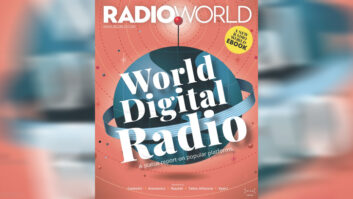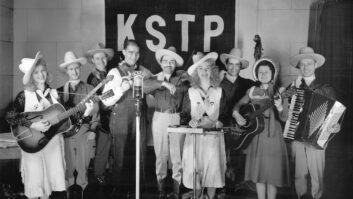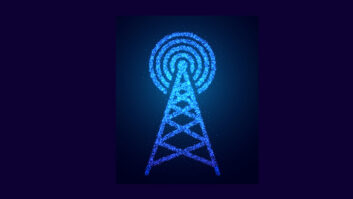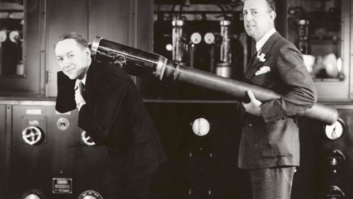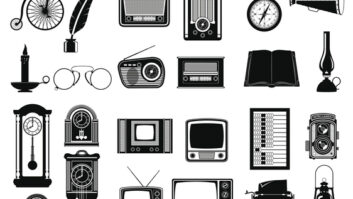According to the American Foundation for the Blind, 23.7 million Americans say they experience sight loss. In the UK, over two million people — one in 30 — live with sight loss.
Radio is an important lifeline for many, to keep in touch with the world and their local area, as well, of course, as to combat loneliness and isolation.
The British Wireless for the Blind Fund was launched in 1928. It supplies specially adapted radios to visually impaired people.
Working with manufacturer Roberts Radio, the radio receivers are built specially, with bright yellow buttons and dark gray backgrounds; and they’re loaned to people across the UK who are suffering from sight loss. Around 40,000 blind and partially-sighted people in the UK have one of their sets in their home.
Speaking to me on the telephone, Saul Watson, the Communications Manager for the British Wireless For the Blind Fund, told me that the organization has always been committed to researching and developing assistive technologies. “The blind and partially-sighted community clearly hear about new technologies, but have less of an opportunity to take part and access content from anywhere in the world.”
The BWBF’s special sets mainly offer FM and DAB, but they’ve just announced a new device that will dramatically increase the amount of choice that listeners have to offer. It’s called Bumblebee.
Bumblebee is an app, supplied on an Android tablet, that offers live internet radio, podcasts, books, talking newspapers and magazines all on one easy-to-use device.
There is also a community section, driven by text-to-speech, where users can share their experiences and help and support each other: a feature that, when Bumblebee was recently launched, has attracted particular interest.
“Forums play such a major part in all of our lives now — whether it’s Facebook or a quick Google search,” said Watson. “The partially-sighted don’t have that luxury. This feature has been very well received.”
Bumblebee’s user interface has been built from the ground-up for people with sight loss. Colours and contrasts are changeable; the menus talk as you slide your finger over them, and navigation is also specifically built to avoid mistaken button presses.
The device was researched and developed in-house, with lots of user research. “One of our junior developers is partially-sighted, and this has really helped us make sure that the interface we were building worked well,” Watson told me.
“You can create your own list of radio stations, as an example. It’s very personalised and user-friendly, and has been user-led from the beginning. A few totally blind people who used it at a launch last week were quite comfortable with it after only a few minutes. And, being software, we can update it in the future to add more features or make it easier still.”
Bumblebee comes pre-installed on a tablet which boots straight to the app, and will be delivered and demonstrated to a qualifying listener in their home by one of the charity’s volunteers. While the charity will provide these to those that qualify, the organization also plans to launch the app and tablet as a separate product to purchase as the project continues.
Owners can request the addition of new stations or podcasts via the community section. Radio stations and podcast producers can also get in touch direct with the charity via their website at www.blind.org.uk to request inclusion: where you can also donate by credit card.

